The application of Rasa theory in different art forms from "summary" of A Modern Introduction to Indian Aesthetic Theory by Surendra Sheodas Barlingay
The concept of the application of Rasa theory in different art forms is essential to understanding Indian aesthetic theory. Rasa theory, originating from Bharata Muni's Natyashastra, is a fundamental concept in Indian aesthetics. It posits that the purpose of art is to evoke specific emotions or feelings, known as Rasas, in the audience. These Rasas include love, humor, sorrow, anger, heroism, terror, disgust, and wonder. Rasa theory suggests that an artist must skillfully combine various elements such as language, music, dance, and visual arts to create a complete aesthetic experience. Each art form has its own unique way of evoking Rasas in the audience. For example, in music, Ragas are used to create specific moods or emotions, while in dance, mudras or gestures convey meaning and evoke Rasas. In literature, poets use language and ima...Similar Posts
Embrace failure as part of the creative journey
Failure is an inevitable part of the creative process. It is not something to be feared or avoided but rather embraced as a nat...
Indian literature is known for its richness and diversity
Indian literature stands out for its remarkable richness and diversity, reflecting the vast tapestry of cultures, traditions, a...
Hope is a beacon in times of darkness
In the midst of despair and uncertainty, hope stands as a guiding light, leading us through the darkest of times. In Tagore's s...
Creativity thrives in environments that encourage risktaking
In creative environments, risk-taking is not just tolerated, but actively encouraged. This is because creativity often involves...
Personal growth often requires facing uncomfortable truths
In the process of personal growth, one must confront truths that may be uncomfortable to acknowledge. This confrontation is nec...
Buddhism and Jainism emerged as important religious movements
The emergence of Buddhism and Jainism marked significant developments in the religious landscape of ancient India. These two re...

Balance between novelty and familiarity is vital
The delicate interplay between novelty and familiarity is a crucial component in the realm of creativity. Striking the right ba...
Intuition is a source of liberation
Intuition, that mysterious faculty of the human mind, holds within it the power to liberate the individual from the constraints...
Beauty is a source of pleasure and inspiration
The feeling of pleasure that arises from the contemplation of beauty is not merely a subjective response; it is grounded in a u...
Political scenario in contemporary India
The political scenario in contemporary India is marked by a complex interplay of various factors that have shaped the country's...

